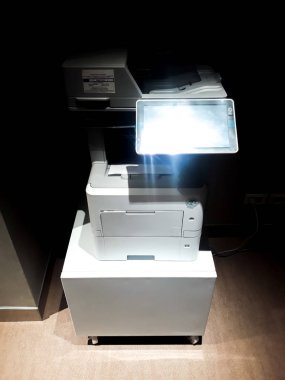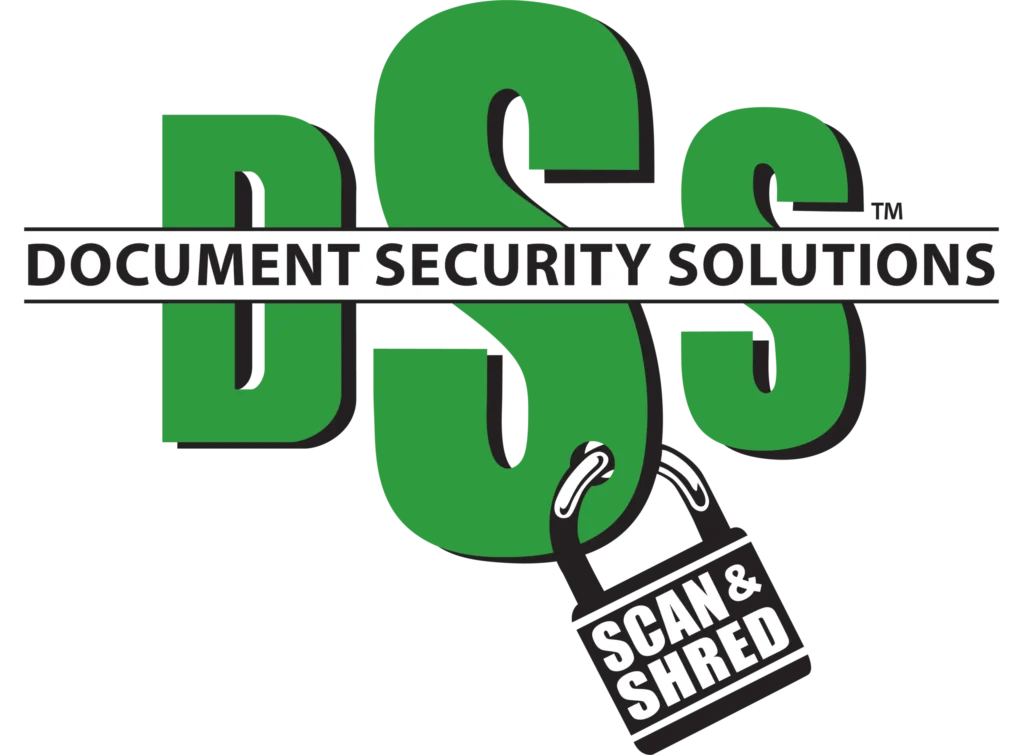Did you know that 80% of businesses could increase efficiency with OCR technology? You’re about to discover how Optical Character Recognition revolutionizes document scanning. Don’t be left behind in this fast-paced digital world. Dive into the processes, benefits, and challenges of implementing OCR. Learn from real-world cases and peek into future trends. Let’s unlock the power of efficient data handling together!
Understanding OCR (Optical Character Recognition
Let’s delve into how OCR, or Optical Character Recognition, revolutionizes the process of document scanning. It’s a technology that transforms different types of documents, like scanned paper documents or PDF files, into editable and searchable data. But it’s not without its flaws.
One must understand OCR limitations to leverage the technology effectively. Despite its advanced capabilities, OCR can sometimes struggle with handwritten or poorly printed texts. Formatting issues may also arise when dealing with complex layouts or fonts. The accuracy of translation is greatly dependent on the clarity and quality of original documents.
Moreover, you should be aware of security concerns in OCR. While it facilitates easy data retrieval and manipulation, sensitive information becomes potentially vulnerable once digitized. To mitigate this risk, it’s crucial to implement robust data protection protocols such as encryption and access controls.
The Process of OCR in Document Scanning
You’ve likely heard of OCR technology, but do you truly understand its intricacies and how it revolutionizes document scanning? In our forthcoming discussion, we’ll dive deep into the specifics of OCR (Optical Character Recognition), unraveling its underlying technology, walking through the critical steps involved in OCR scanning, and shedding light on the myriad benefits this advanced tool offers. Armed with this knowledge, you’ll be better equipped to leverage OCR’s powerful capabilities in your own document management processes.
OCR Technology Explained
In understanding OCR technology, it’s crucial to know that it transforms different types of documents into editable and searchable data. Despite its advancements, you should be aware of some OCR limitations.
Here’s a table highlighting OCR aspects:
| Aspect | Advancement | Limitation |
| Accuracy | Improved with AI integration | Still imperfect, especially with handwriting |
| Speed | Rapid processing capabilities enhanced by machine learning algorithms | Slows down with complex layouts or poor quality originals |
| Versatility | Can handle multiple languages and fonts | Struggles with unusual fonts or low-contrast text |
OCR Scanning Steps
Understanding the steps involved in the scanning process can help you make the most of this technology. Initially, you’ll capture an image of the document using a scanner or camera. The OCR software then segments this image into regions or blocks containing text, figures, tables etc.
The next step is character recognition where each symbol is identified and converted into digital text. Now, here’s where OCR accuracy improvement comes into play. Advanced algorithms are used to reduce errors and improve accuracy, ensuring that characters are correctly recognized even in poor quality scans.
Benefits of OCR
Harnessing this tech can significantly streamline your data entry tasks and vastly improve office productivity. OCR, or Optical Character Recognition, is a sophisticated technology that converts different types of documents into editable and searchable data. It’s particularly useful in e-commerce where rapid product cataloguing is essential.
With continual OCR accuracy improvement, you’re not just getting speed but also reliable precision in document scanning. The software can read text from a variety of sources – invoices, receipts, PDFs – and convert it into digital data. This reduces human error and boosts efficiency.
In the fast-paced world of e-commerce, OCR can save you countless hours by automating the extraction of product details from supplier documents. In short, embracing OCR could revolutionize your business operations by making data management more efficient and accurate.
Benefits of Using OCR in Modern Document Scanning
You’ll find that OCR significantly streamlines the document scanning process by instantly converting scanned images into editable text. The power of OCR lies in its efficiency and scanning accuracy, providing a superior alternative to manual data entry methods.
| Benefits | Description | Impact |
| OCR Efficiency | It reduces the time spent transcribing documents and enhances productivity. | Increased workflow speed. |
| Scanning Accuracy | OCR minimizes human errors associated with manual typing. | Improved data quality. |
| Cost Savings | Reduces need for large physical storage spaces. | Lower operational costs. |
| Searchability | Converted text can easily be indexed and searched. | Quick information retrieval. |
With OCR, you’re not just scanning; you’re creating a digital database where each word becomes searchable metadata. This feature is particularly useful when dealing with large volumes of documents; finding specific information becomes an effortless task instead of a time-consuming challenge.
Bear in mind that the effectiveness of OCR largely depends on the quality of the original document and the capability of your software solution. High-quality scans yield high-accuracy results, emphasizing the importance of investing in good scanning equipment along with robust OCR software.
Challenges in Implementing OCR for Document Scanning
Despite its numerous benefits, implementing this technology for digitizing paperwork comes with a set of challenges you’ll need to navigate. The OCR limitations and Adoption Barriers are significant hurdles that may deter many from fully utilizing this innovation.
One of the primary OCR limitations is accuracy issues when recognizing handwritten or stylized text. It’s often tricky for the system to discern different handwriting styles, leading to mistakes in data capture. Additionally, poor quality originals can also affect recognition accuracy-if your source document is faded or smudged, it’s likely to compromise the final output.
Adoption barriers are another challenge you’ll encounter. Many organizations resist change due to concerns about costs and disruptions during implementation. You’re going to have upfront expenses associated with purchasing new hardware and software, as well as potential training costs for staff members who need to learn how to use the system effectively.
Furthermore, privacy and security risks are always a concern when dealing with digital transformation initiatives. There’s always a risk of unauthorized access if appropriate safeguards aren’t put in place.
Remember: while these challenges exist, they aren’t insurmountable-with careful planning and execution, you can effectively overcome them.
Case Studies: Effective Use of OCR in Various Industries
While it’s true that challenges exist in implementing OCR, such as OCR adoption barriers, don’t let these hurdles deter you from exploring the transformative potential of this technology. Let’s now shift our focus to some industry-specific applications where OCR has been effectively used.
1. Healthcare: With vast quantities of handwritten and printed data, healthcare providers adopted OCR to digitize patient records for quicker access and better decision-making.
2. Finance: Banks have leveraged OCR technology for document scanning, reducing manual data entry errors in check processing and enabling faster customer service.
3. Legal: Law firms are inundated with complex documents daily. Implementing OCR has proven crucial in managing these files effectively by converting them into searchable formats.
4. Education: Institutions have utilized OCR to convert books into digital formats making them accessible to visually impaired students.
These case studies illustrate how overcoming the initial barriers can lead to a more streamlined workflow and enhanced productivity across various industries. The benefits clearly outweigh the challenges – underscoring why it’s worth pushing past any obstacles during the adoption phase of an OCR system for document scanning tasks.
Future Outlook: Trends and Developments in OCR Technology
Looking ahead, it’s essential to consider the trends and developments shaping the future of this transformative tech. There’s a clear trajectory of OCR advancements that you’ll need to be aware of if you’re planning on leveraging this technology in your organization.
One significant trend is the integration of artificial intelligence (AI) with OCR. This fusion is set to overcome many OCR limitations such as misinterpretation caused by poor image quality or complex layouts. AI capabilities can help optimize character recognition even in challenging conditions, enhancing accuracy and efficiency.
Another promising development involves improving language diversity in OCR systems. It’s about time that we see an increase in multilingual support, enabling businesses to operate seamlessly across borders.
Additionally, real-time OCR technology is gaining traction. Real-time document scanning and data extraction will revolutionize fields like security and surveillance where speed is critical.
There’s also a push for cloud-based OCR solutions which offer scalability and flexibility. Such services allow users to access advanced OCR functions without bearing high infrastructure costs.
Frequently Asked Questions
What Is the Average Cost of Implementing OCR in a Business Operation?
It’s hard to pinpoint an average cost as it varies greatly. However, consider the OCR efficiency improvement and error reduction. You’ll need to balance initial investment with long-term savings from streamlined operations.
Are There Any Privacy Concerns Related to the Use of OCR in Document Scanning?
Yes, privacy concerns exist with OCR in document scanning. It’s critical you improve OCR accuracy and implement stringent data protection measures to prevent unauthorized access or misuse of scanned information.
How Can OCR Technology Be Integrated With Existing Document Management Systems?
You can integrate OCR technology into existing document management systems by using API interfaces. However, you’ll face integration challenges due to OCR advancements like machine learning algorithms and varying system compatibility issues.
What Types of Training Are Required for Employees to Effectively Use OCR Technology?
To effectively use OCR technology, you’ll need training in recognizing OCR adoption challenges and strategies for OCR accuracy improvement. Understanding software integration and learning error correction techniques are also vital aspects of your training.
Are There Any Notable Companies That Specialize in OCR Technology and Its Implementation?
Yes, there are. ABBYY and Adobe Systems are renowned for their OCR technology innovations. However, you’ll find OCR implementation challenges vary across companies due to differing document complexities and quality standards.





